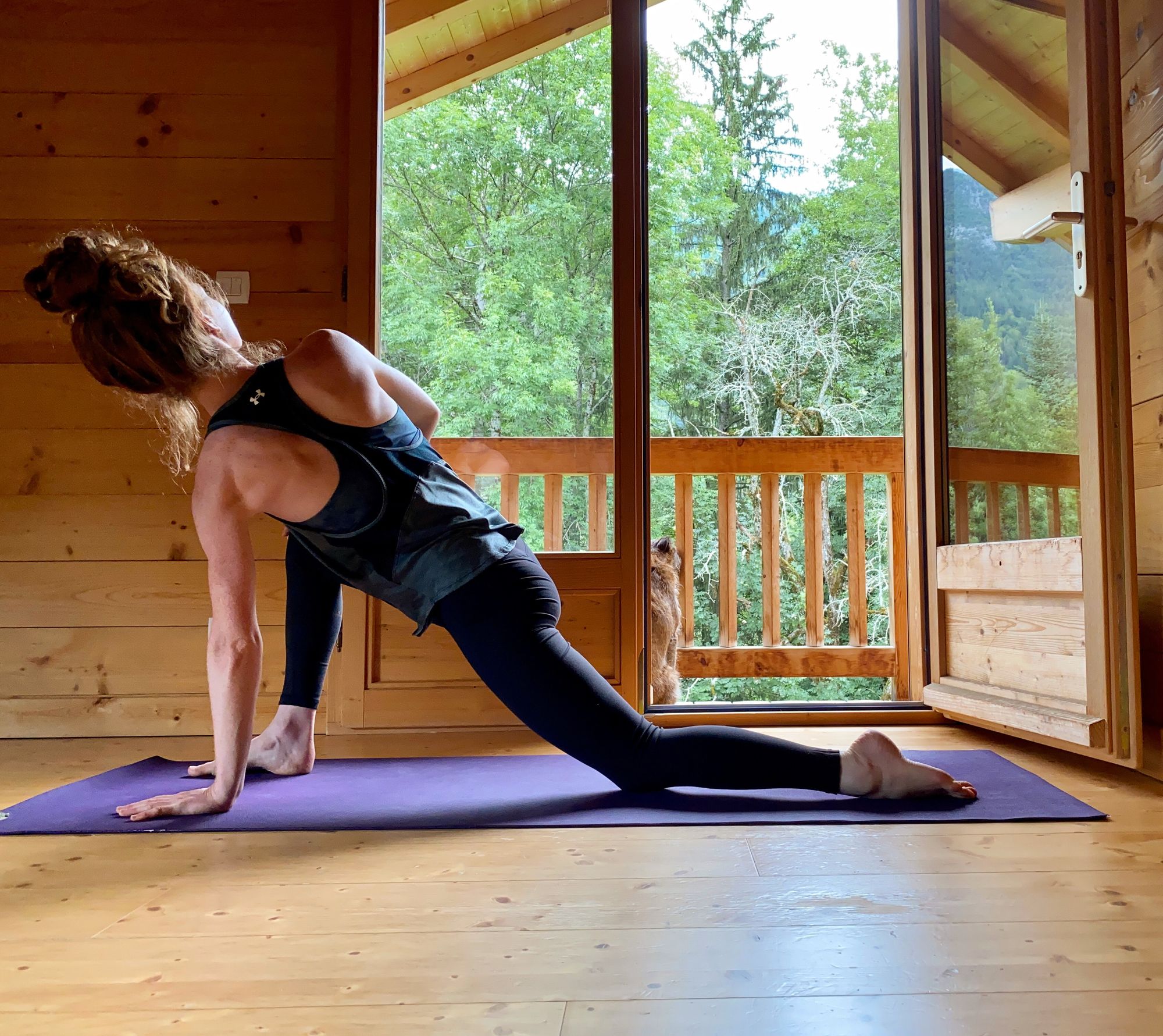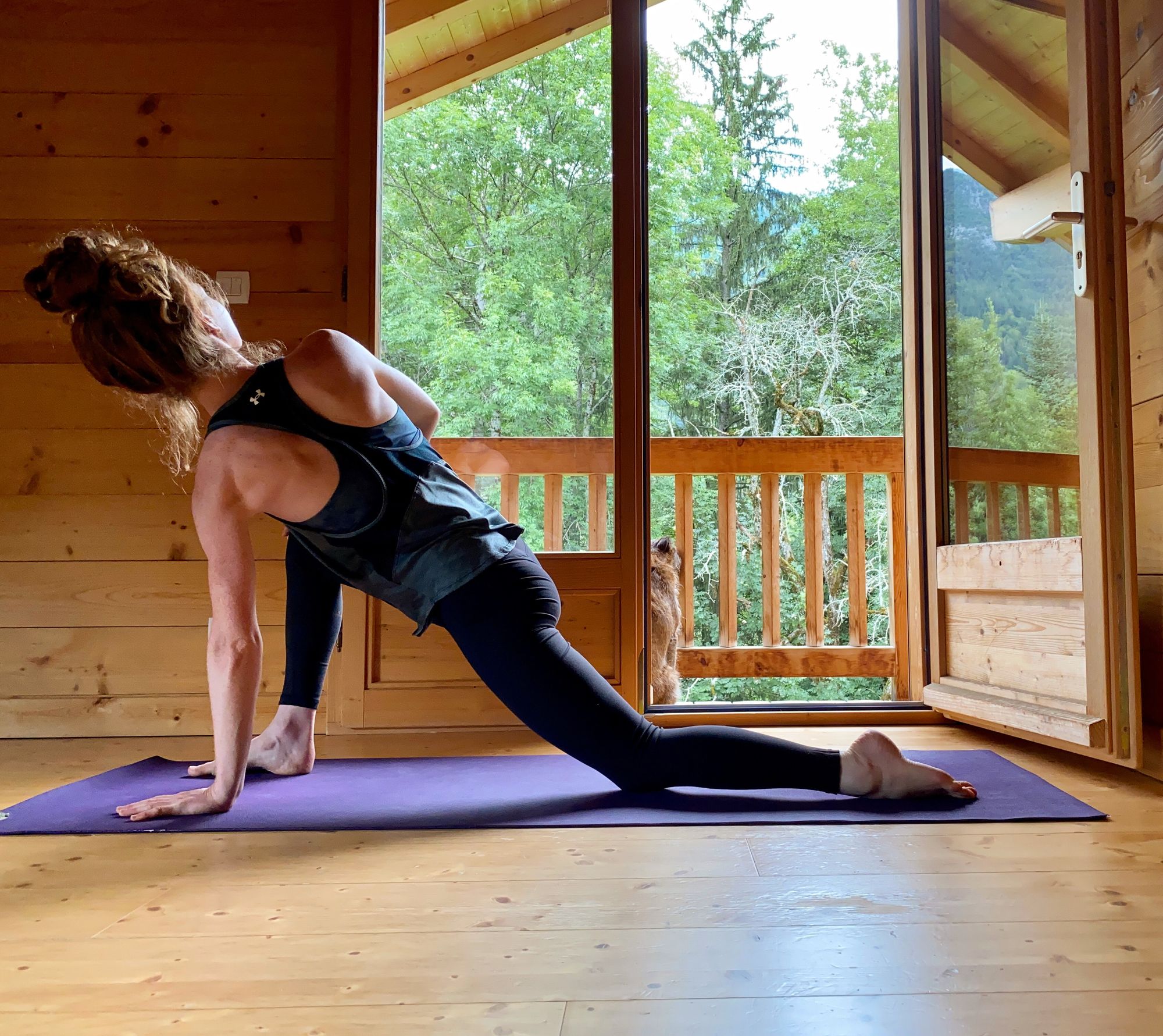An inside look at Yin Yoga
The term “Yin” comes from Doaism. In Daoism Yin and Yang are opposites, with everything in our world seen as more or less Yin or Yang in relation to something else, meaning that nothing is purely Yin or Yang in nature.
Things which are more Yang in nature are often described as active, fluid, and warm while things which are more Yin in nature are often seen as slower, cooler, and lighter.
Contrary to some misconceptions that Yin Yoga is a passive practice, we don’t actually just come into a pose and relax everything.
So what is the aim of Yin Yoga?
While in Yang styles of Yoga like Vinyasa, Ashtanga, and Hatha we aim mainly to stretch, strengthen, and mobilize larger muscle groups, in a Yin Yoga practice we aim to exercise the deep connective tissues around our joints, ligaments, and muscles.
How do we do this?
In Yin Yoga we typically hold poses for 2-5 minutes. However, while in a pose, we don’t relax everything. Each pose has one or more target areas which we are trying to affect. While in a pose, we do relax the muscles of the target area(s), while some muscles elsewhere in the body will remain active.
Take Twisted Dragon pose for example. In Twisted Dragon we are targeting the groin, outside hip, hamstring, hip flexor, and back. This means we would want to relax the muscles in these areas while keeping the arms active.

Why do we hold the poses for so long?
The fascia surrounding our joints and muscles is viscoelastic. As we hold a pose, our muscles relax allowing us to reach the deep connective tissues. The viscosity of the tissues decreases slowly, allowing everything to flow more freely, specifically information between the cells in the tissues. Stretching or applying mild to moderate pressure to our tissues for a sustained period activates what are called fibroblasts.
You can picture fibroblasts as little worker cells swimming around in the gel of our tissues. When activated, they travel to the point of stress or pressure from a stretch, and begin laying down new, healthy collagen. This process strengthens, repairs, and hydrates our tissues allowing cells to transfer nutrients and dispose of waste faster. So next time you find yourself in minute 4 of a dragon pose asking yourself why you’re doing this, visualize those construction cells repairing your tissues and literally healing you from the inside!
